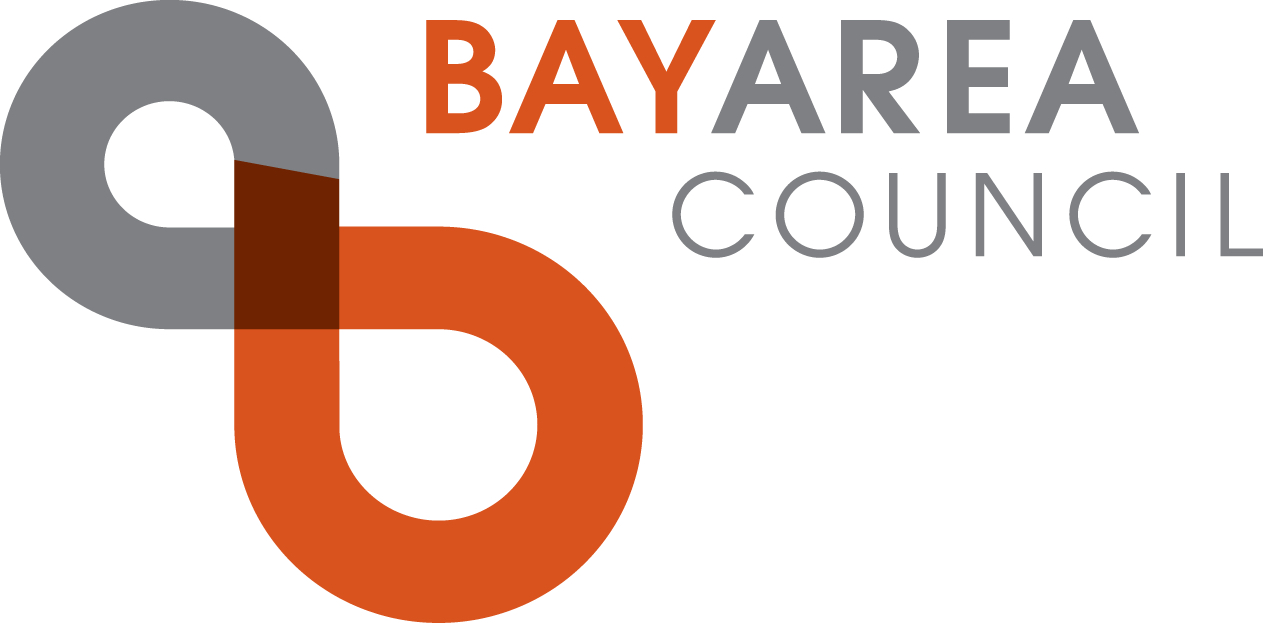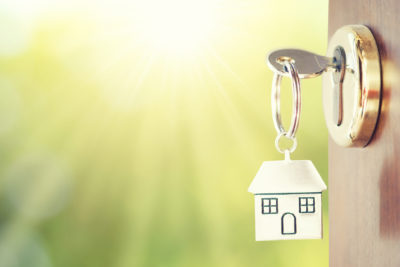Residents Say Declare Traffic Emergency; Fix It, Tax Me If Needed
With federal and state transportation funds dramatically falling off even as regional traffic reaches new records, Bay Area voters are ready to take matters into their own hands. Bay Area Council Poll results released (March 31) today found 70 percent of think the Bay Area needs a major regional investment in transportation, even if it means raising taxes to fund it. They do not appear patient and they want a coordinated measure across the nine counties. A very high 83 percent of voters say they want a traffic treated “like an emergency” and they want Bay Area leaders to “work together” on solutions to be implanted in the next few years, which stands in contrast to a county or city-by-city approach.
Poll results point to the growing intensity of concern. The number of Bay Area voters saying it is harder to get around now than a year ago has climbed 35 points from 2014 to 2017 (25% said it was harder to get around than a year ago in 2014 and 60% say so in 2017). So it should come as no shock that 81 percent agree traffic has reached a crisis level, particularly since the vast majority drive alone to work.
“There is no cavalry we can call on to save us – it is time to take matters into our own hands,” said Bay Area Council President and CEO Jim Wunderman. “With declining state and federal support to address the problem, current plans and funding almost exclusively targeted at maintenance rather than new projects, and an economy that continues to grow, the pressure on our roads and highways and mass transits system is unbearable. It’s reflected in just about every national traffic ranking and packed-to-the-gills ridership numbers on BART, Caltrain, ferries and other systems. We’re well past the point of small patches and little fixes, we need to go big. We will huddle with our region’s leaders to find a strategy we all can agree on, and act.”
Agreement about the severity of the problem is almost universal, regardless of age, gender, county and many other criteria. Since 2014, the percentage of voters listing traffic among their top three concerns from a list of issues in the region has jumped from 29 percent to 41 percent.
The disgust with traffic congestion comes even as more residents seem to be using other modes of transportation for commuting and other purposes like going to school and running errands. The Bay Area Council Poll found that 20 percent of residents use carpools at least two to three times a week, up from 12 percent in 2014, while those walking has increased from 27 percent to 43 percent over the same time period.
Ridesharing services like Lyft and Uber are also beginning to make headway, with 33 percent of poll respondents saying they use them a few times a month or more, compared to 15 percent in 2015. Further evidence that ridesharing is moving to the mainstream is reflected in the huge decline of people who say they’ve never used them, down from 68 percent in 2015 to 36 percent in 2017.
There’s also growing acceptance of driverless and electric vehicle technologies. The Bay Area Council Poll found that 52 percent of residents would ride in a driverless car, up from 46 percent in 2015. Still, there are doubters. The poll found that 21 percent strongly disagree they would be willing to ride in a driverless car, up slightly from 19 percent in 2015. Meanwhile, the percentage who somewhat disagree has decreased, indicating that some of the increase in willingness to ride in a driverless car overall may have come from residents who had previously been lukewarm about the idea of relinquishing control of the wheel.
Not surprisingly, the biggest fans of driverless cars were millennials (18-39). The poll found that 60 percent of millennials would be willing to use a driverless car, compared to 50 percent among those aged 40-64, and 44 percent among those aged 65 years and up.
And while some automotive prognosticators had boldly said that driverless cars will be zooming around Bay Area roads in the next five years, the Bay Area Council Poll found that only eight percent agree with that timeline for having the majority of cars on the road be driverless, and the average prediction for having a majority driverless cars was in 16.25 years.
The 2017 Bay Area Council Poll, which was conducted online by Oakland-based public opinion research firm EMC Research from Jan. 24 through Feb. 1, surveyed 1,000 registered voters from around the nine-county Bay Area about a range of issues related to economic growth, housing and transportation, drought, education and workforce.





